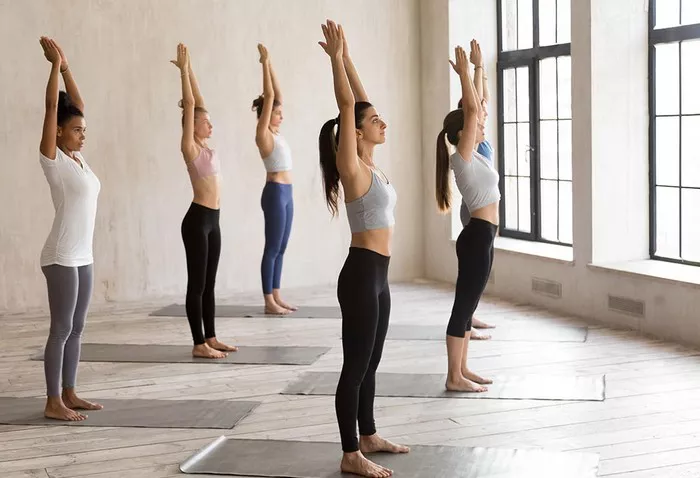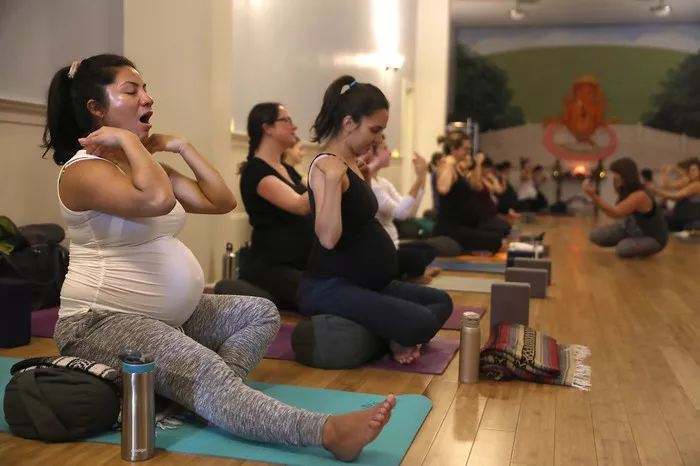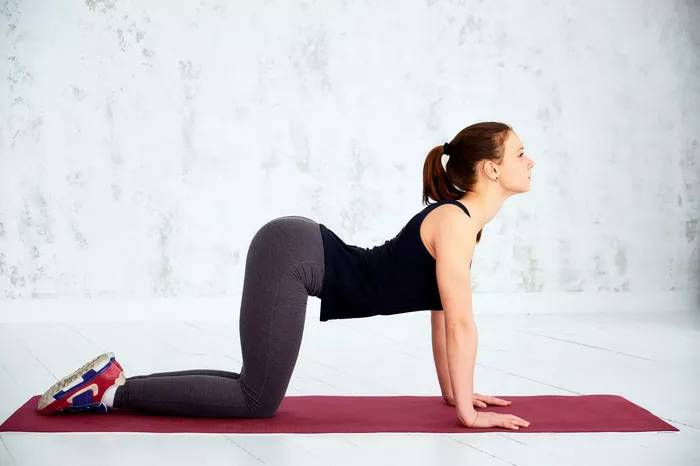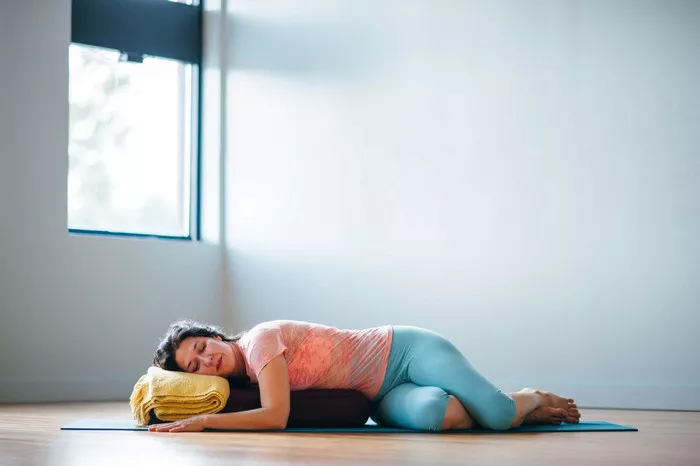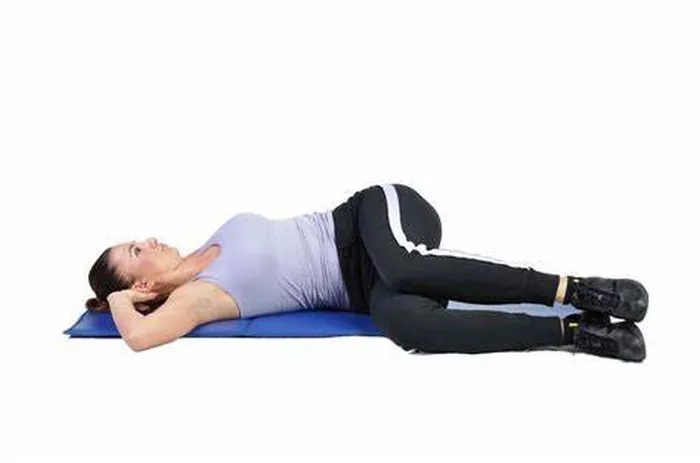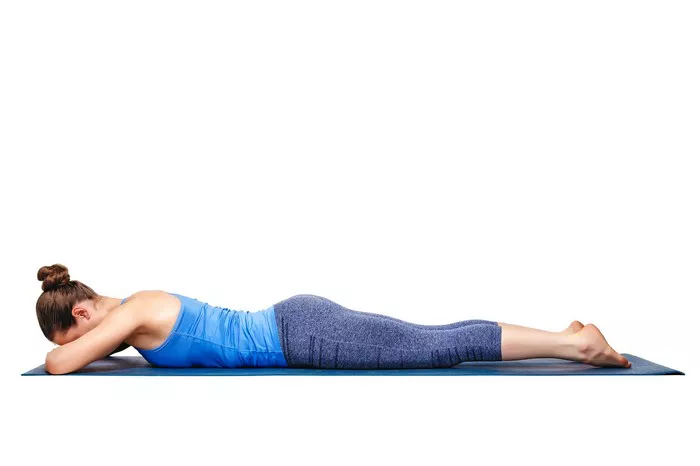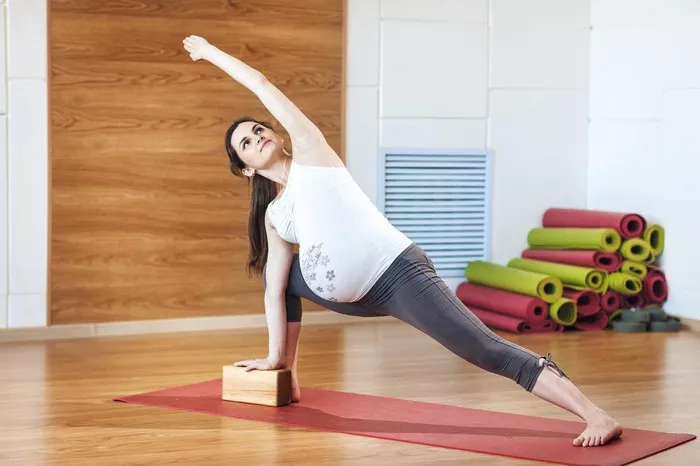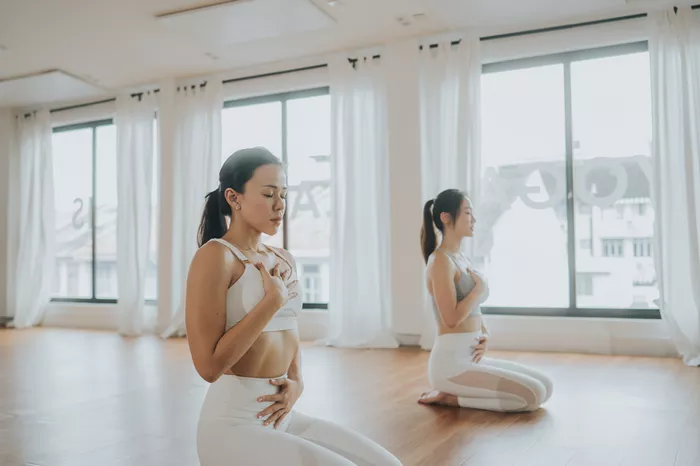Yoga Nidra, often referred to as “yogic sleep,” is a powerful meditation practice that induces deep relaxation and inner peace. Unlike traditional meditation or sleep, Yoga Nidra allows you to remain in a state of conscious awareness while your body and mind deeply relax. This technique offers numerous benefits, such as reducing stress, improving sleep quality, enhancing creativity, and promoting overall well-being.
In this article, we will guide you through a step-by-step process of performing Yoga Nidra, helping you tap into its restorative potential. Whether you’re new to Yoga Nidra or have practiced it before, this comprehensive guide will provide you with all the essential tools you need to engage in this transformative practice.
What Is Yoga Nidra?
Yoga Nidra is an ancient practice rooted in the yogic tradition, particularly in the Tantric and Vedantic schools of thought. The word “Nidra” translates to “sleep,” and “Yoga” means union or integration. While the practice may resemble sleep, Yoga Nidra is quite different. It is a state of conscious relaxation, where the body rests deeply while the mind remains alert and present.
During Yoga Nidra, practitioners typically lie down in a comfortable position, follow a guided meditation, and experience profound physical and mental relaxation. In this state, the body enters a restorative mode, allowing for healing, regeneration, and rejuvenation. The mind, meanwhile, remains in a semi-conscious state, where deep-seated thoughts, emotions, and stress can be processed, all while remaining in a deeply restful state.
Benefits of Yoga Nidra
Before diving into the step-by-step guide, it is helpful to understand why Yoga Nidra is so beneficial. Practicing Yoga Nidra regularly can offer several benefits, including:
Stress Reduction: Yoga Nidra helps activate the parasympathetic nervous system, which is responsible for the “rest and digest” functions of the body. This reduces stress and promotes relaxation.
Improved Sleep: By calming the mind and body, Yoga Nidra can enhance the quality of sleep, helping individuals who suffer from insomnia or restless nights.
Increased Creativity: As the mind enters a deeply relaxed state, it becomes more open to creative ideas and insights, often leading to inspiration and enhanced problem-solving skills.
Emotional Healing: Yoga Nidra can help release repressed emotions and trauma by accessing the subconscious mind, allowing for emotional release and healing.
Improved Concentration and Focus: The practice enhances mindfulness and attention, leading to better focus during daily activities.
Physical Rejuvenation: The deep relaxation of the body during Yoga Nidra helps restore energy and promote physical healing, making it a restorative practice for those recovering from physical or mental fatigue.
Preparing for Yoga Nidra
Before you begin your Yoga Nidra practice, there are a few key things to keep in mind to ensure a positive experience:
1. Choose a Quiet, Comfortable Space:
Find a peaceful environment where you can relax without distractions. Ideally, this should be a room where you feel safe and comfortable. Dim the lights or light candles to create a soothing atmosphere.
2. Set Your Intention (Sankalpa):
One of the most important aspects of Yoga Nidra is setting an intention or Sankalpa. This is a positive affirmation or goal that you want to manifest in your life. It could be related to personal growth, healing, or even something specific like improving your health or relationships. Repeat this intention quietly in your mind before beginning the practice, and return to it at the end of the session.
3. Use Comfortable Props:
To ensure that you are as comfortable as possible, consider using props like pillows, blankets, or mats. If you’re doing Yoga Nidra on the floor, a yoga mat with some cushioning underneath may be helpful.
4. Wear Loose, Comfortable Clothing:
Avoid wearing tight or constricting clothes. Loose-fitting, comfortable clothes allow for better relaxation and avoid distractions during the practice.
5. Time and Duration:
Yoga Nidra typically lasts between 20 to 45 minutes, depending on the session and your personal needs. It’s best to practice Yoga Nidra when you have enough time to fully engage in the process without feeling rushed.
Step-by-Step Guide to Doing Yoga Nidra
Now that you’re ready, let’s dive into the detailed steps of Yoga Nidra. Remember, the key to Yoga Nidra is deep relaxation and conscious awareness. Follow this guide, and you’ll soon be experiencing the benefits of this powerful practice.
Step 1: Get Into a Comfortable Position
Start by lying down on your back in a comfortable position. If possible, lie on a yoga mat or soft surface, but make sure your body is fully supported. Stretch out your arms and legs, allowing them to fall naturally. Your legs should be extended with a small gap between them, and your arms should be placed by your sides, palms facing upward.
Make sure your body is in a neutral position, with the spine aligned. If you find it difficult to relax in a flat position, consider placing a small cushion or pillow under your knees or head.
Step 2: Settle Into Your Breath
Take a few deep breaths to settle into your body and bring your awareness to the present moment. Inhale deeply through your nose, allowing your abdomen to expand fully, and then exhale gently through your mouth, releasing any tension. Continue breathing slowly and mindfully, letting go of any stress or distractions with each exhalation.
As you continue breathing, notice the rise and fall of your belly with each breath. Feel the connection between your breath and your body. This step helps to calm the mind and prepare the body for deeper relaxation.
Step 3: Set Your Sankalpa (Intention)
In this state of relaxation, it’s time to set your Sankalpa, or intention for the practice. This should be a short, positive affirmation that reflects your desires or goals. Repeat it mentally three times, with full awareness and intention.
For example:
- “I am at peace with myself.”
- “I am confident and strong.”
- “I am healthy and full of energy.”
The intention you set here will resonate with your subconscious mind and guide you toward manifesting it in your life.
Step 4: Breath Awareness
Now, turn your attention to the breath. Without controlling it, simply observe the natural rhythm of your breathing. Notice the sensations of the breath entering and exiting your body. Focus on the rise and fall of your abdomen with each inhale and exhale.
You may also choose to count your breaths to deepen your focus:
- Inhale – count 1
- Exhale – count 2
- Inhale – count 3
- Exhale – count 4 Continue this process until you reach 10, then reverse the counting, going backward to 1.
This step fosters a deep sense of calmness and keeps your awareness anchored in the present moment.
Step 5: Visualizations
In this step, the guide typically leads you through various visualizations. The purpose of these mental images is to evoke a sense of peace, balance, or healing.
You might be asked to visualize:
- A peaceful nature scene, such as a forest, beach, or mountain.
- An image of light or energy flowing through your body.
- A symbol or object that represents tranquility, such as a lotus flower, a candle flame, or a peaceful animal.
The idea is to bring the mind to a place of tranquility by focusing on pleasant, soothing images. Let go of any judgments or expectations and simply allow the imagery to unfold naturally in your mind’s eye.
Step 6: Revisit Your Sankalpa (Intention)
At the end of your practice, revisit your Sankalpa or intention. Repeat it mentally three times with full awareness, trust, and dedication. By doing so, you reinforce your commitment to manifesting your goal or affirmation in your life.
Step 7: Gradual Return to Wakefulness
When you’re ready to end the practice, begin to bring your awareness back to your physical body. Slowly start moving your fingers and toes, gently stretching your body, and becoming aware of the room around you.
Take a moment to reflect on how you feel. You may notice a deep sense of calm, clarity, and rejuvenation.
Step 8: Final Relaxation
Finally, spend a few moments in stillness, absorbing the effects of the practice. Allow the deep sense of relaxation to integrate into your being, knowing that the benefits of Yoga Nidra will continue to unfold long after the session ends.
Conclusion
Yoga Nidra is an incredibly accessible and restorative practice that can be done by anyone, regardless of experience level. By following this step-by-step guide, you can tap into the profound benefits of Yoga Nidra and experience deep relaxation, mental clarity, and emotional healing. With regular practice, you’ll be able to integrate its transformative effects into your daily life, making it a powerful tool for well-being and self-growth.
The ultimate goal of Yoga Nidra is to bring you to a state of balance and inner peace, where the mind, body, and spirit are harmoniously aligned. By practicing it consistently, you can create lasting positive change, reduce stress, and cultivate a deep sense of contentment and awareness.
Related Topics:

